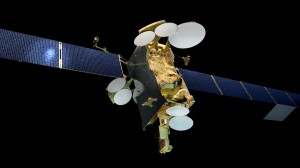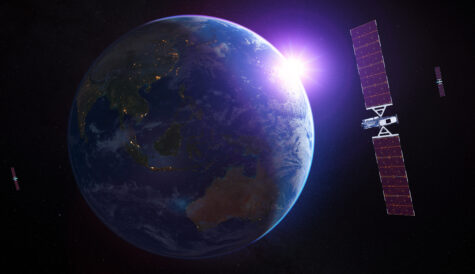Satellite supply will outstrip demand, but market set to grow
The market for geostationary satellite capacity will grow by 76% from US$11.8 billion (€8.7 billion) to US$21.1 billion over the next decade, despite supply outstripping demand, according to the latest report by Northern Sky Research (NSR).
According to NSR, supply of GEO capacity will increase by 3,000 new transponders, with growth of over 2Tbps in high-throughput satellite (HTS) capacity between now and 2023.
C-band capacity demand will grow slowly, with a peak between 2016-19, while traditional Ku-band capacity will grow by about 1,500 transponders, with broader take up of HTS capacity, growing towards the end of the period.
NSR predicts growth in demand for traditional C-, Ku- and Ka-band capacity of about 1,300 transponders over the decade, supplemented by demand for about 1Tbps of GEO-HTS capacity.
HTS satellites can deliver many times the throughput of traditional Fixed Satellite Services satellites for the same amount of spectrum, through techniques including frequency re-use and greater use of spot-beams.
“Looking at global demand, the hype surrounding HTS is indeed justified, with a demand growth rate of over 30% annually, compared to less than 2% for traditional FSS [Fixed Satellite Services] C, Ku, and widebeam Ka-band capacity,” said Blaine Curcio, analyst and report co-author.
“However, concerns about cannibalisation by HTS are rather overplayed – indeed, we find that, simply put, some applications are better-suited for HTS, such as broadband, whereas others, such as video distribution and DTH, will remain firmly rooted in traditional FSS. There will be some battleground applications, such as commercial mobility, but both traditional FSS and HTS will continue to enjoy their ‘bread and butter’ applications moving forward.




